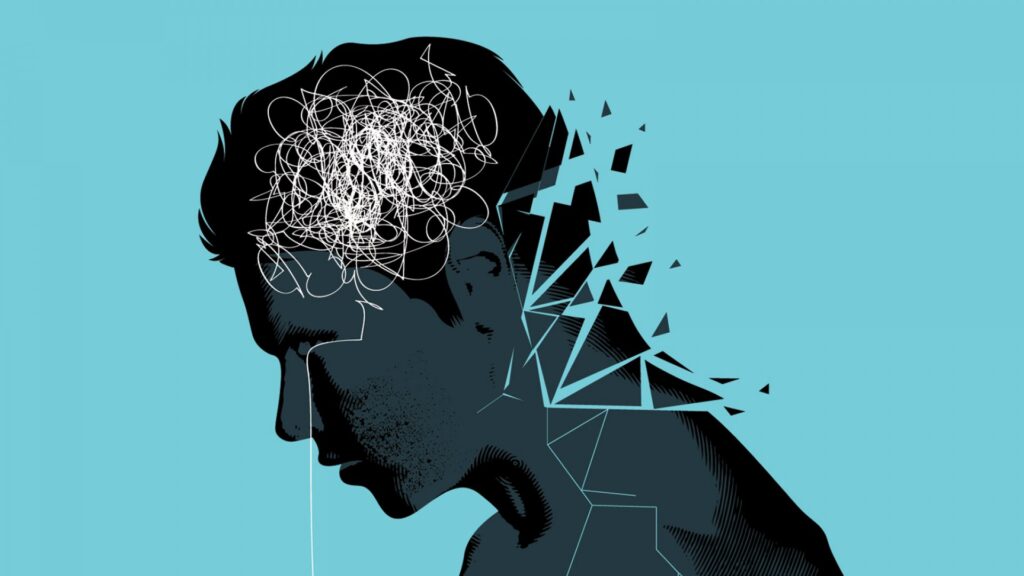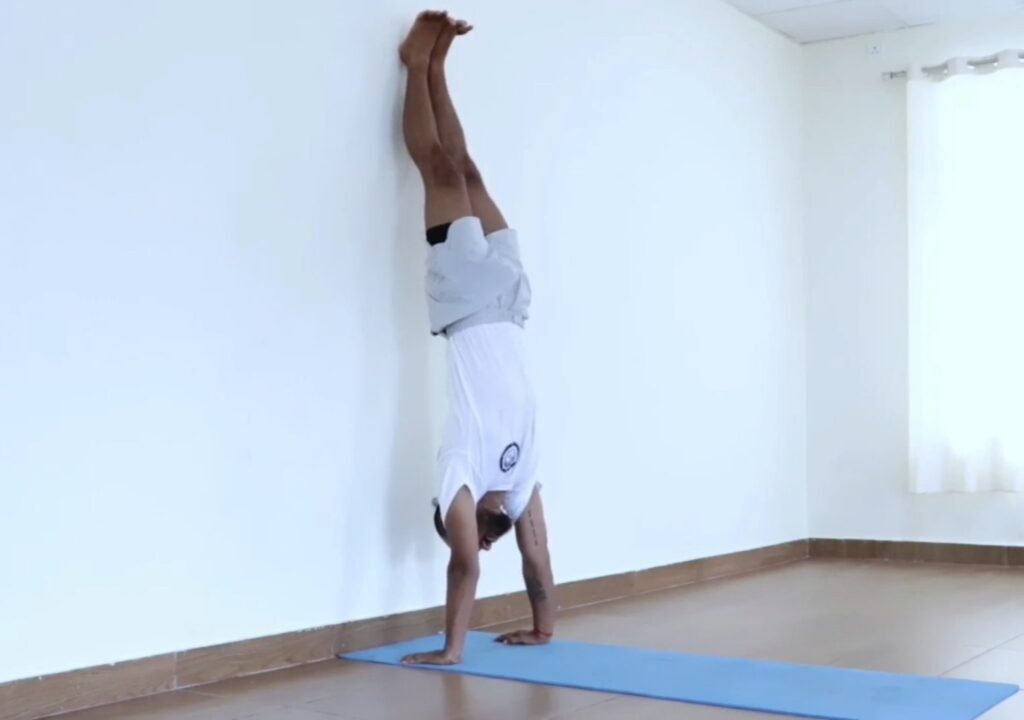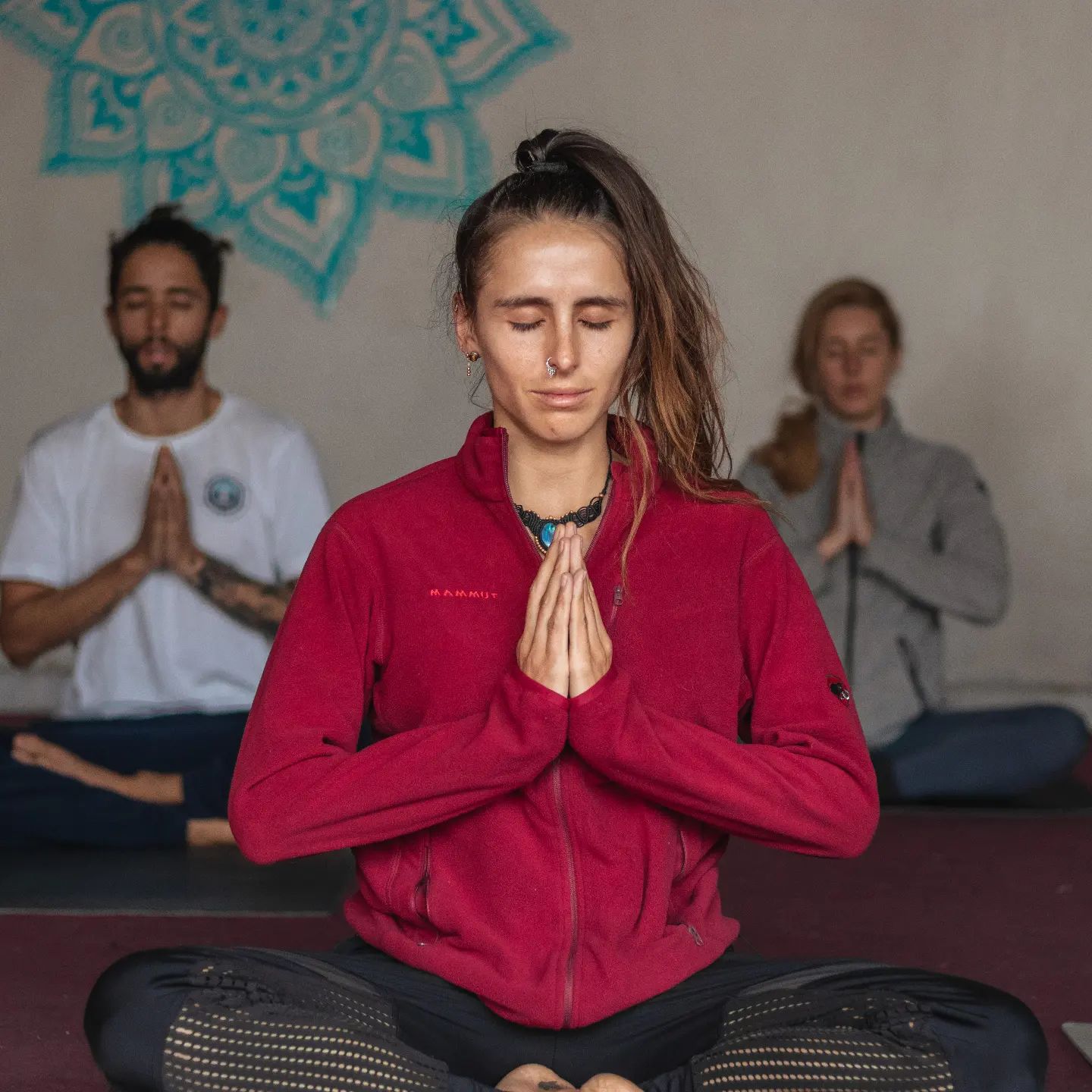How Does Yoga Help with Depression/ Anxiety:
How Does Yoga Help with Depression/ Anxiety:
Yoga helps us reduce the effects of stress/anxiety and depression
become a self-soothing technique similar to meditation, relaxation and exercise and improve energy
Mental health problems such as depression, anxiety, stress are among the most common reasons for individuals to seek treatment with complementary therapies such as yoga. Yoga encourages the individual to relax, slow the breath and focus on the present, shifting balance from the sympathetic nervous system and the flight-or-fight response and relaxation response to the parasympathetic system. The latter is calm and firm; It lowers breathing and heart rate, lowers blood pressure, lowers cortisol levels, and increases blood flow to the intestines and vital organs.

One of the main goals of yoga is to achieve peace of mind and create a sense of well-being, a sense of relaxation, improved self-confidence, improved efficiency, increased focus, less irritability, and an optimistic outlook on life. The practice of yoga generates balanced energy which is important for immune system function. Yoga leads to inhibition of the posterior or sympathetic region of the hypothalamus. This inhibition optimizes the body’s sympathetic responses to stressful stimuli and restores the autonomic regulatory reflex mechanisms associated with stress. The yogic exercises inhibit the areas responsible for fear, aggression, and anger, and stimulate rewarding pleasure centers in the middle forebrain and other areas leading to a state of pleasure and pleasure. This inhibition results in lower anxiety, heart rate, respiratory rate, blood pressure and cardiac output in students who practice yoga and meditation. Consistent yoga practice improves depression and can lead to a significant increase in serotonin levels, as well as decreased levels of monoamine oxidase, an enzyme that breaks down neurotransmitters and cortisol. A range of therapeutic approaches are available for the management of depressive disorders, but many patients turn to complementary therapies because of drug adverse effects, lack of response, or simply a preference for complementary approaches. Several studies demonstrate the potentially beneficial effects of yoga interventions on depression, stress, and anxiety.
How does it work:
Yoga typically involves stretching and balancing your body in specific positions, called poses, while practicing controlled breathing and meditation. This combination often makes people feel calm, yet energized. It can help you manage stress. Stress can trigger mood episodes if you have bipolar disorder.
To reduce stress and anxiety:
By increasing the relaxation response to the stress response in the body, yoga also increases your heart rate variability (HRV), or the change in time between heartbeats. A higher HRV means your body is better able to self-monitor or adapt, especially to stress.
You can also do yoga:
- Decrease resting heart rate
- low blood pressure
- Ease of breathing
- Increase pain tolerance
Breathing exercises for stress:
This calming breathing technique for stress, anxiety and nervousness only takes a few minutes and can be done anywhere.
You will get the most benefits if you do it regularly as part of your daily routine.
You can do this standing, sitting in a chair that supports your back, or lying on the floor on a bed or yoga mat.
Make yourself as comfortable as possible.
If you are lying down,keep your arms slightly out by your sides, palms facing up. Allow your legs to straighten, or bend your knees so that your feet are flat on the floor.
If you are sitting, place your arms on the sides of the chair.
If you are sitting or standing, keep both feet flat on the ground. Whatever position you are in, keep your feet hip-width apart.
- Without tension, let your breath flow into your abdomen as deep as it is comfortable.
- Try to breathe through your nose and out through your mouth
- Breathe slowly and regularly. Some people find it helpful to count from 1 to 5 continuously. You might not be able to reach 5 at first.
- Then, let your breath out slowly without stopping or holding, counting from 1 to 5 if you find it helpful.
- Keep doing this for 3 to 5 minutes.
Articles from maashakti yog
View blog
Handstand Pose · Adho- mukha- vrkshasanaadho (adho = downward; mukha = face) · vrksa = tree · Handst ...

In order to spread knowledge about the lengthy yet ever-evolving traditions of yoga, Maa Shakti Yog ...
Knee anatomy & function: · The knee is the largest joint and one of the most important joints in the ...
You may be interested in these jobs
-
HR Recruiter
Found in: Whatjobs IN C2 - 2 days ago
Pipal Tree Ventures Private Ltd. Mumbai, India Full timePosition: HR Recruiter · Location: Goregoan (East), Mumbai · Specific responsibilities: · To Handle end to end recruitment to meet client Requirements. · Shortlist of candidate as per client requirements. · Interviewing candidate for the required job role. · Forwarding the candid ...
-
Video Editor
Found in: Talent IN 2A C2 - 2 days ago
Shot One Studio Coimbatore, IndiaShot One Studio is a leading video marketing agency dedicated to creating impactful digital content for clients worldwide. We specialize in crafting engaging videos for various social media platforms, including YouTube shorts and Instagram videos. As we continue to grow, we are s ...
-
Data Entry Operator
Found in: Talent IN C2 - 20 hours ago
Nexus Hire Mumbai, IndiaOverview: · The DataEntry Operator plays a crucial role in the organizations efficiencyby accurately inputting and maintaining data. They are responsiblefor performing various clerical and administrative tasks to supportthe organizations data managementprocesses.KeyResponsibiliti ...



Comments